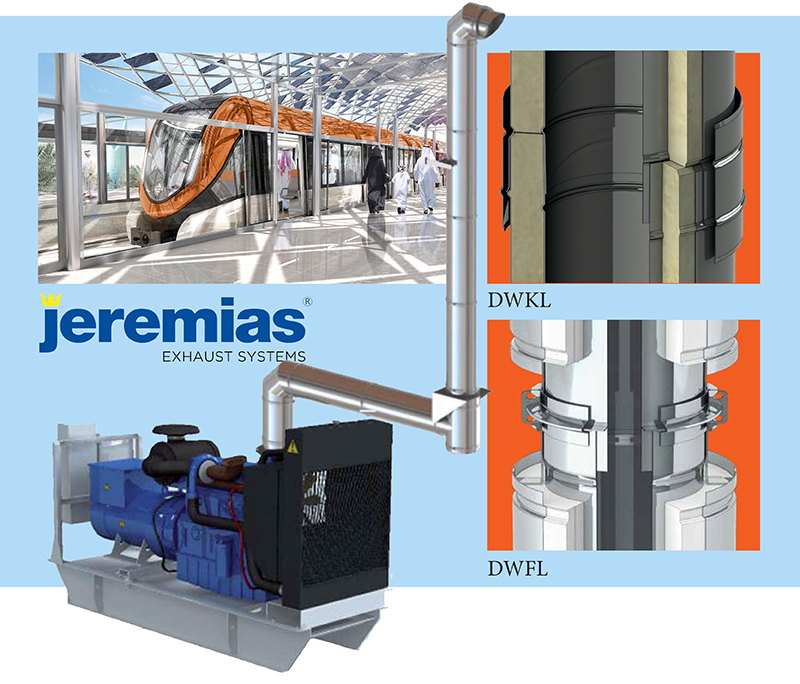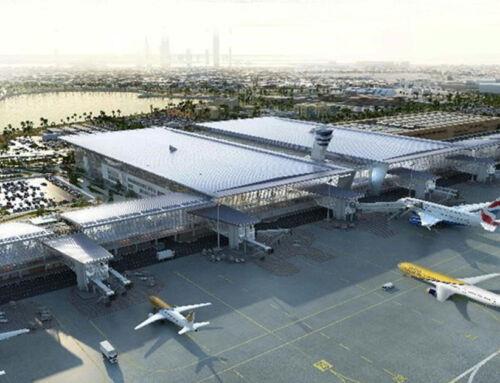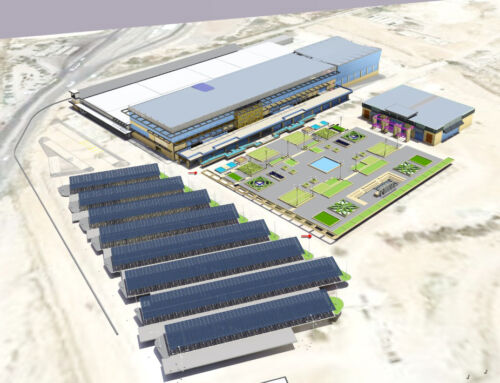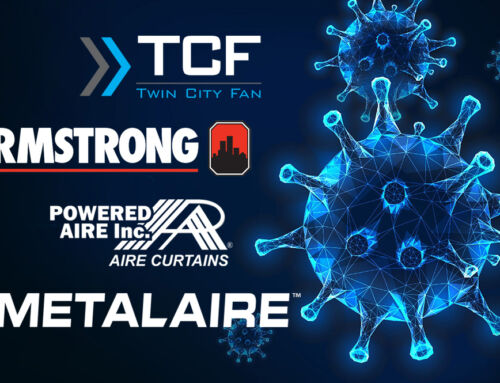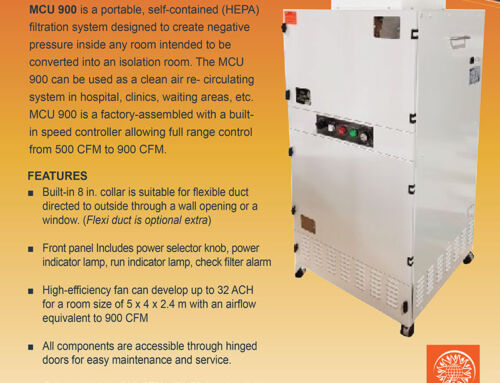The Riyadh Metro Network, a fully-automated, rapid transit system that comprises 178 kilometers of railing, six metro lines and 85 stations, including underground, elevated and at-grade sections, is designed to be the backbone of the city’s public transport.
The project, that began construction in April 2014, is scheduled for a soft-opening in mid-2020 with the full network scheduled to be online by the end of the same year.
The Metro Network will feature four iconic stations designed by internationally acclaimed architects.
The Olaya Metro Station, located at the intersection of lines 1 and 2 will have a public plaza, large entrance hall and open concourse.
Al Qasr Al Hukm, the downtown station, is situated between Al Madinah Al Munnawarah Street and King Faisal Street and will act as a transport hub for lines 1 and 3.
The King Abdullah Financial District (KAFD) station is located east of the Northern Ring Road and slightly west of King Fahad Road and will serve lines 1, 4 and 6.
The Western Metro Station is located on land currently used for the Central Vegetable Market of Al-Suwaidi Al-Gharbi. It will also serve as the main hub for the city’s bus lines.
The ArRiyadh New Mobility (ANM), one of three major consortiums working on the Metro project, includes Ansaldo STS, Salini-Impregilo, Larsen & Toubro, Nesma and Bombardier. Larsen & Toubro & Nesma are providing civil works while Bombardier is responsible for procuring the vehicles.
Energy International Controls (EIC) is working with subcontractors Kabbani General Contracting and HAPCO to supply Jeremias generator exhaust systems for 16 stations along the orange line.
The orange line is the longest at 40.7 km running east-west from Al-Madinah Al Munawra to Rahman Al Awal Road near the National Guard camp at Khashm El Aan.
Kabbani General Contracting is the contractor for the seven underground stations and HAPCO is the contractor for the nine elevated stations.
Each of the stations is equipped with a pair of diesel-powered generators that are used to provide power to the station when needed.
The Jeremias stainless steel chimneys are installed after the muffler and catalytic convertor and vent the hot air out to the atmosphere.
Special design considerations were used to take into consideration back pressure effects and the special routings need to reach specific exit points.
Jeremias is a leading manufacturer of flue and chimney systems for exhaust of gases and ventilation, covering all kinds of domestic, commercial and industrial applications.
Jeremias extensive product range includes more than 100 CE or UL certified systems with systems ranging from kitchen exhaust to 10-foot diameter, free-standing industrial steel chimneys.
“We were chosen to supply Jeremias to the job due to our good working relationship with HAPCO,” said Marwan Mroueh, Area Manager for Energy International Eastern Province KSA & Bahrain. “Once we secured an order with HAPCO the other contractors started sending us orders for Jeremias products.
The exhaust systems are made up of DWKL and DWFL (double wall) sections.
DWKL conical systems incorporate a pressure-tight steel-to-steel conical joint and clamp system for quick and easy on-site assembly.
The conical, steel-to-steel contact at each section allows high stiffness, sealing and durability.
DWFL is a hybrid system which combines the best of the world-class DWKL features with the assembly ease of flanged pressure stack systems.
The stainless-steel construction has a conical joint and includes a ceramic fiber insulation with various thickness options. A flange socket is secured by a V-band mechanism which ensures correct pressure tightness.
“Jeremias exhaust systems are approved with Code A on this project, added Mroueh. “None of the competitors could offer a product that was as easy to install and UL Certified.”
